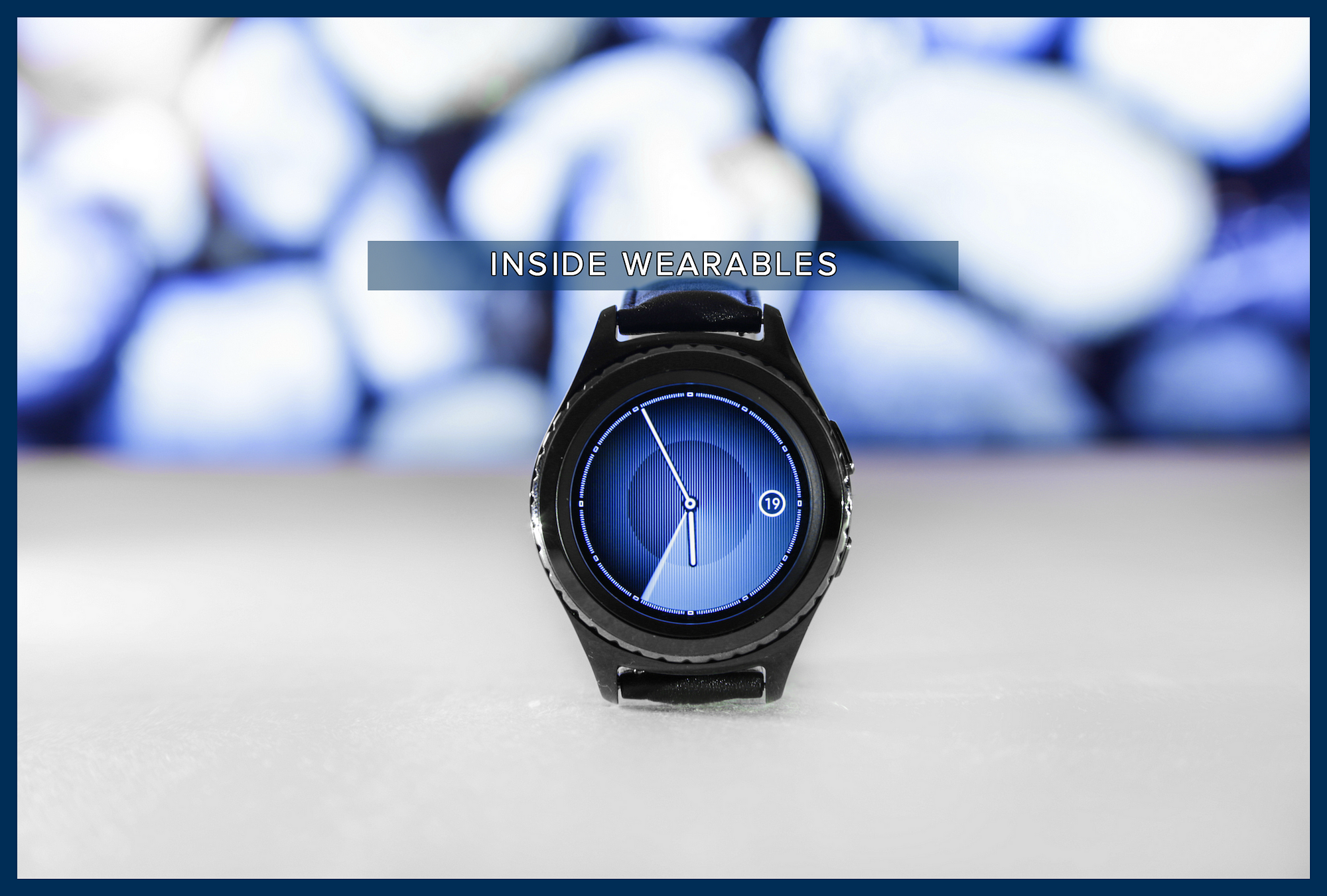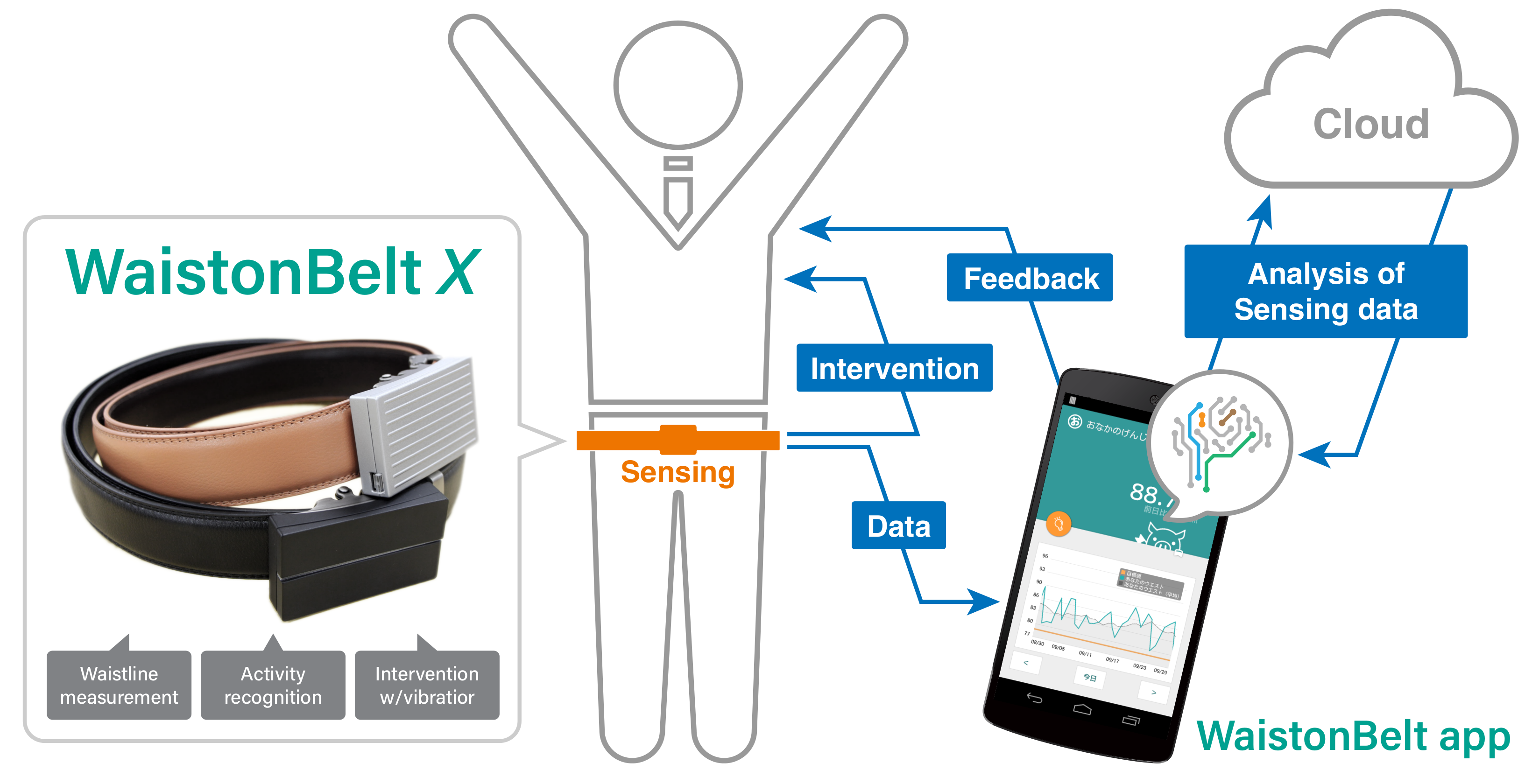In today’s digital age, Health-Tech has revolutionized various aspects of our lives, and the healthcare industry is no exception. From wearable devices to virtual reality, mobile apps to smart home innovations, and telemedicine, technology has been making significant strides in promoting behavioral change and enhancing overall health and well-being. In this blog post, we will delve into the powerful influence of health-tech on shaping our habits and lifestyles. We will explore how wearable devices are motivating behavioral change, how virtual reality is impacting health and well-being, how mobile apps are tracking and encouraging healthy habits, how smart homes are creating an environment for wellness, and how telemedicine is revolutionizing healthcare accessibility. Join us as we uncover the ways in which technology is influencing our choices and behaviors for the betterment of our health.
Wearable Devices: Motivating Behavioral Change
In today’s fast-paced world, wearable devices have become an integral part of many people’s lives. These smart gadgets, such as fitness trackers, smartwatches, and activity monitors, are designed to help individuals keep track of their physical activity, sleep patterns, and overall health. By providing real-time feedback and personalized insights, wearable devices have the potential to motivate behavioral change and encourage healthier lifestyles.
One of the key benefits of wearable devices is their ability to promote self-awareness. By constantly monitoring various health metrics, individuals are able to gain a better understanding of their daily habits and routines. This increased awareness can often serve as a powerful motivator, prompting people to make positive changes in their behavior, such as exercising more regularly, getting better quality sleep, or adopting healthier eating habits.
Moreover, wearable devices are known for their gamification features, making it fun and engaging for users to meet their health and fitness goals. Many devices offer challenges, rewards, and social sharing features, turning wellness into a competitive and interactive experience. This element of fun and competition can be highly effective in motivating individuals to stay active and maintain healthy habits.
By leveraging cutting-edge technology and real-time data, wearable devices have the potential to revolutionize the way we approach health and wellness. As these devices continue to evolve and become more sophisticated, they hold great promise in motivating behavioral change and empowering individuals to take control of their own health.
Virtual Reality: Enhancing Health-Tech and Well-being
In recent years, virtual reality (VR) has emerged as a powerful tool for improving health and well-being. By creating immersive, 3D environments, VR has the potential to revolutionize the way we approach healthcare and wellness. Whether it’s helping patients manage chronic pain, treating phobias and anxiety disorders, or even assisting in physical rehabilitation, VR has shown great promise in various medical and therapeutic applications.
One of the key benefits of VR is its ability to transport users to different worlds, providing an escape from the stress and challenges of everyday life. This can be particularly impactful for individuals dealing with chronic illness or mental health issues, allowing them to experience a sense of freedom and relief from their symptoms. Additionally, VR can be used as a form of distraction therapy during medical procedures, reducing anxiety and discomfort for patients.
Furthermore, VR technology has paved the way for innovative wellness experiences, such as virtual meditation and relaxation programs. These applications can be used to promote mindfulness and stress reduction, offering users a convenient and accessible way to prioritize their mental and emotional well-being. With the growth of VR in the health and wellness space, it’s clear that this technology has the potential to transform the way we approach self-care and holistic health.
As VR continues to evolve and become more accessible, it’s important to consider the ethical and privacy implications of using this technology in healthcare. It’s crucial to prioritize patient safety and data security when implementing VR solutions, ensuring that individuals’ personal information and medical records remain protected. By addressing these concerns, we can harness the full potential of VR to enhance health and well-being while upholding the highest standards of patient care.
Mobile Apps: Tracking and Encouraging Healthy Habits
In today’s digital age, mobile apps have become an integral part of our daily lives, including when it comes to our health and wellness. With the convenience of smartphones, individuals can now easily track and monitor their daily activities, as well as receive personalized feedback and encouragement to maintain healthy habits.
One of the key benefits of mobile apps is their ability to track various health metrics such as steps taken, calories burned, and even sleep patterns. By providing users with real-time data on their habits, these apps empower individuals to make more informed decisions about their health and fitness.
Moreover, many mobile apps offer features such as goal setting, reminders, and social support, which can significantly impact an individual’s motivation and commitment to healthy habits. Whether it’s through friendly competition with friends or receiving virtual rewards for reaching milestones, these apps leverage behavioral psychology to encourage positive changes.
Furthermore, the use of mobile apps for tracking and encouraging healthy habits is not limited to physical activity. There are also apps designed to monitor nutrition, hydration, stress levels, and mental well-being, providing a comprehensive approach to overall health.
Smart Homes: Creating an Environment for Wellness
Smart homes are revolutionizing the way we live, offering a myriad of benefits for our physical and mental well-being. With the integration of smart technology into our living spaces, we are able to create an environment that supports and encourages health and wellness. Through the use of smart home devices such as smart thermostats, air purifiers, and lighting systems, we can optimize our surroundings to promote better air quality and reduce the risk of respiratory issues.
Furthermore, smart home technology allows us to monitor and control various aspects of our environment, such as temperature, humidity, and lighting, all of which can have a significant impact on our mental and emotional well-being. By creating an environment that is conducive to relaxation, productivity, and stress reduction, smart homes can have a positive influence on our overall health.
In addition, smart homes can contribute to better safety and security, providing peace of mind and reducing the risk of accidents and incidents within the home. From smart locks and security cameras to smoke and carbon monoxide detectors, these smart devices can help us feel more secure in our living spaces, thereby contributing to our overall sense of wellness.
Overall, the integration of smart technology into our homes has the potential to significantly impact our health and well-being, creating an environment that is supportive, safe, and conducive to a healthier lifestyle.
Telemedicine: Revolutionizing Healthcare Accessibility
Telemedicine: Revolutionizing Healthcare Accessibility
Telemedicine is changing the way healthcare is delivered, making it more accessible and convenient for patients. With the rise of telemedicine, patients can now consult with healthcare professionals remotely via video conferencing, phone calls, and other digital communication methods. This has revolutionized the healthcare industry by breaking down barriers to access, especially for individuals in rural or underserved areas.
Through telemedicine, patients can receive medical advice, diagnosis, and even treatment without having to physically visit a healthcare facility. This not only saves time and money for patients, but also reduces the burden on traditional healthcare systems, allowing for more efficient use of resources and improved patient outcomes.
One of the key benefits of telemedicine is its ability to provide healthcare services to individuals who may have difficulty accessing traditional healthcare facilities due to physical disabilities, mobility issues, or lack of transportation. This has significantly improved healthcare accessibility for these populations, ensuring that they receive the care they need without the added stress of navigating physical barriers.
Furthermore, telemedicine has also been instrumental in expanding access to specialty care and mental health services. Patients who previously had limited options for specialized care can now connect with specialists and mental health professionals remotely, ensuring that they receive the necessary care and support regardless of their location.
Frequently Asked Questions
How do wearable devices motivate behavioral change?
Wearable devices can track an individual’s physical activity, sleep patterns, and heart rate, providing feedback and incentives to encourage healthier habits and behavior changes.
How does virtual reality enhance health and well-being?
Virtual reality can be used for immersive experiences in therapy and rehabilitation, reducing pain and anxiety, improving mental health, and enhancing overall well-being.
What role do mobile apps play in tracking and encouraging healthy habits?
Mobile apps can monitor nutrition, fitness, and overall health metrics, providing reminders, goal-setting tools, and personalized recommendations to promote and maintain healthy habits.
How do smart homes create an environment for wellness?
Smart homes use connected devices and sensors to optimize air quality, lighting, temperature, and other environmental factors, promoting a healthier and more comfortable living space.
In what ways is telemedicine revolutionizing healthcare accessibility?
Telemedicine allows remote consultations, monitoring, and treatment, expanding access to healthcare services in underserved areas and improving convenience for patients.
How can technology influence behavioral change in the context of health?
Technology can provide personalized feedback, education, and support, empowering individuals to make informed decisions and adopt healthier behaviors.
What are the potential challenges and limitations of health-tech in promoting behavioral change?
Challenges may include privacy concerns, data accuracy, user engagement, and access disparities, as well as the need for ongoing innovation and regulation to ensure effective and ethical use of technology in health behavior change.






